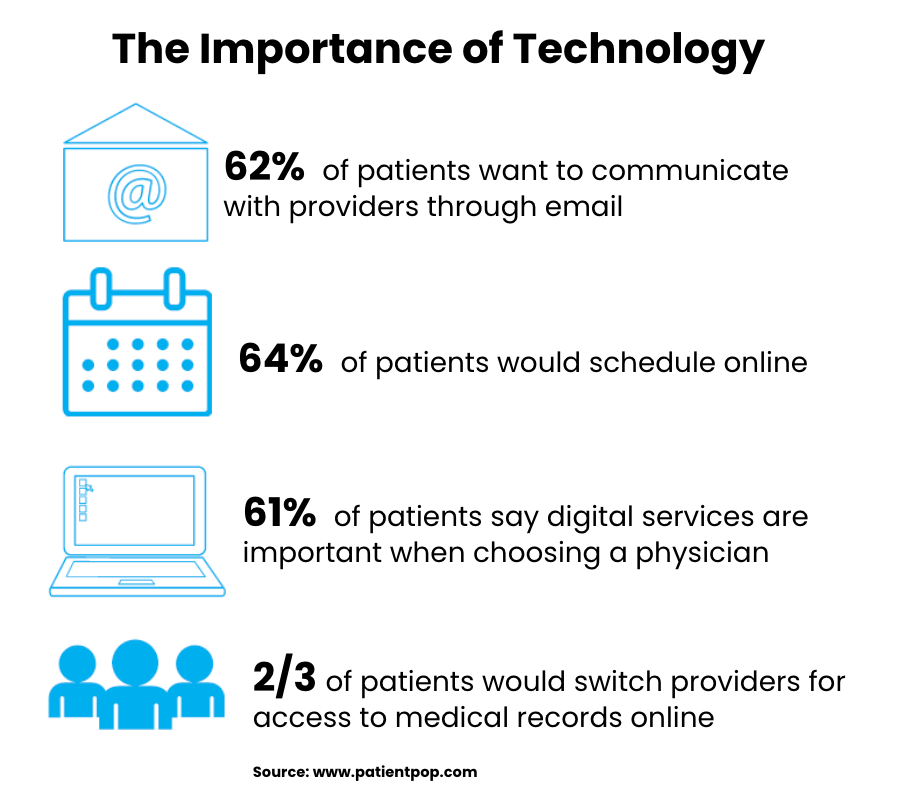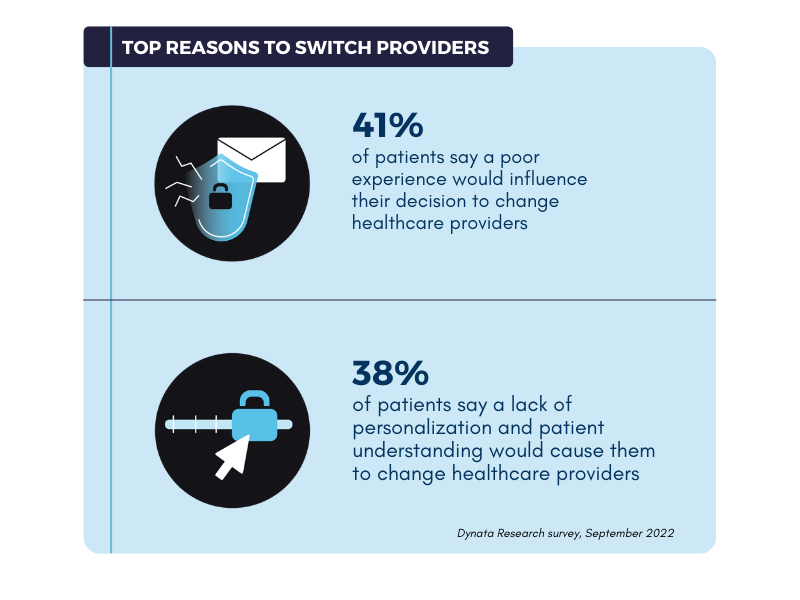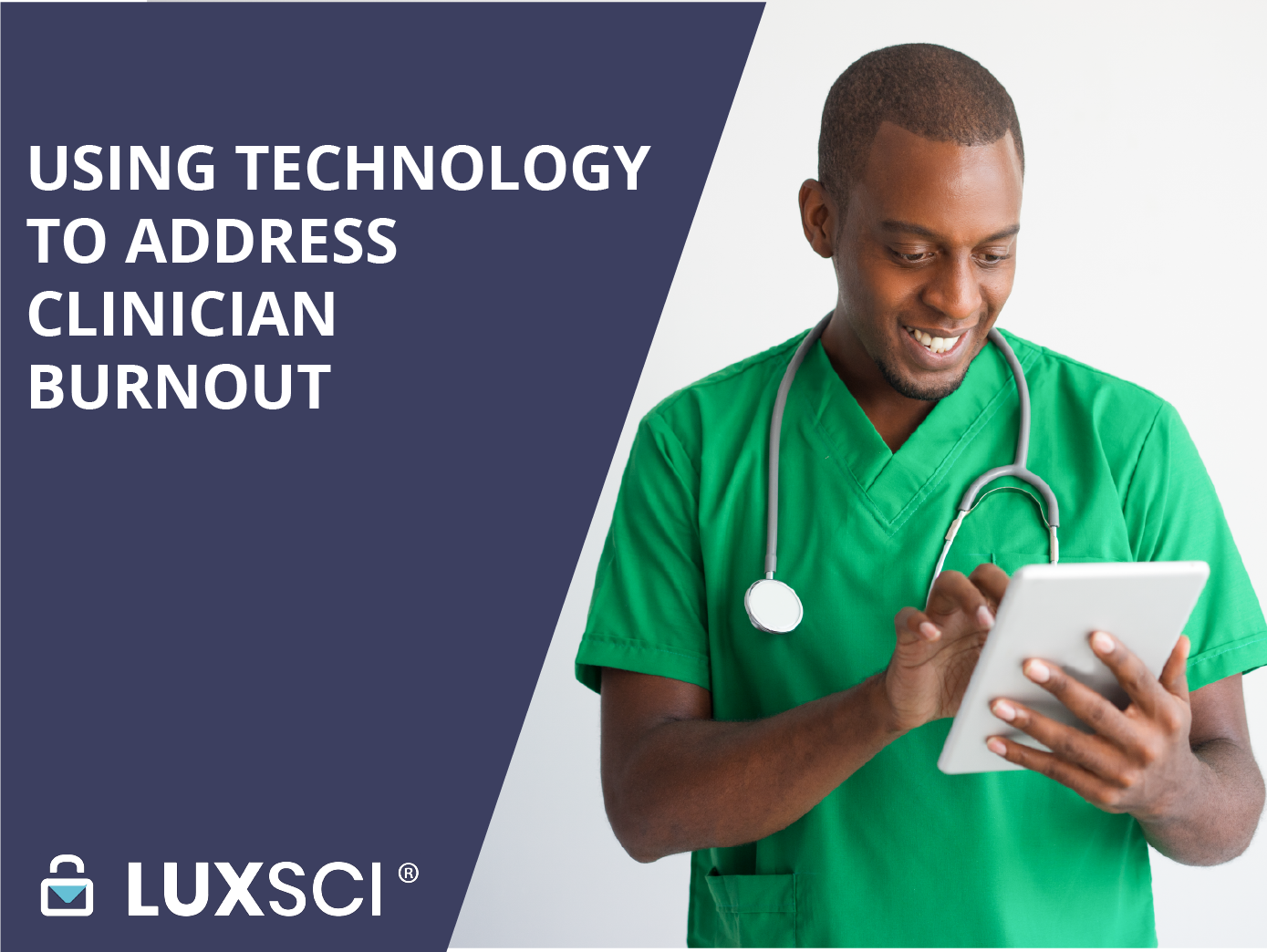Patient Engagement: Why Email is an Essential Channel
Saturday, February 22nd, 2025In today’s increasingly digital world, email is often overlooked as a channel for patient engagement. Email may not appear to be as innovative or exciting as texting, video conferencing, or mobile applications. Nevertheless, email is a powerful tool that remains widely popular and accessible to most of the population, making it an essential channel for patient engagement through HIPAA compliant email marketing.
Email Adoption Rates
Because of its ubiquity, email should be prioritized as part of your patient engagement efforts. In fact, 92% of Americans have email accounts, and 49% check them multiple times daily. Compared to 80% who text, 72% who are social media users, and 85% who have a smartphone, email has one of the highest adoption rates among digital engagement technologies. Even among older populations and disadvantaged communities, email has been widely adopted.
Best of all, email can be secured to meet HIPAA requirements and protect patient privacy, all while providing a personalized patient and customer communications.
Patient Preferences
Communicating according to patient preferences is one of the most important ways to improve engagement. Many people prefer email communication because it’s less intrusive to their daily lives. The pandemic rapidly accelerated the demand for digital services, and healthcare was not exempt from these shifting preferences. A survey conducted by Redpoint Global found that 80% of patients said that they prefer to use digital channels to communicate with healthcare providers at least some of the time.
In today’s digital world, failing to communicate according to preferences can have significant consequences. Accenture found that 34% of people said they would switch medical providers or be less likely to access care in the future because of a poor experience.
Securing data to comply with HIPAA regulations and obtaining patient consent for marketing communications is essential to engaging patients with personalized emails. Email communications are easy to opt-in and out-of, giving patients complete control over how their healthcare data is used.
The Advantages of Email for Patient Engagement
Email has several advantages, but the two most important include the ability to personalize and scale communications. Patients don’t want to receive the same generic newsletters or messaging. They expect their healthcare providers to provide information that is relevant to their health journey at the right time. The power of email lies in its ability to be customized and personalized at scale. Email APIs can pull data from your CDP, EHR, or CRM into dynamic templates. Messages can be triggered and personalized based on pre-determined actions or criteria. Organizations can create fully automated email workflows to streamline operations and meet patient needs.
By using dynamic personalization and automation, your staff can spend less time with their fingers on keyboards and more time focused on care delivery, patient engagement and better outcomes. Trigger-based email flows can remind patients of appointments, collect insurance information, ensure proper medication adherence, and send other relevant healthcare communications, including new product offers. This frees up time for staff to focus on other tasks and relieves some administrative overhead.
The Results: Improved Patient Engagement
HIPAA compliant email is one of the most effective channels for driving customer behavior. For every $1 spent on email marketing, the average ROI is $36. Email can also provide near-instant performance analytics, so it’s possible to tell what messages are resonating and which are not. In addition, A/B testing makes it simple to test components of your message on a small scale and then send out the winning formats. Trying out different email subject lines, calls to action, imagery, and other messaging is easy. Because of these features, personalized email messaging can provide better conversion rates, patient engagement, and return on investment than other digital channels.
Conclusion
Email is a powerful channel that can benefit your healthcare organization, and your patients and customers. It is often preferred for one-to-one communication and can also be an effective marketing channel. Learn more about how to address communications challenges with HIPAA compliant email by contacting LuxSci today.









